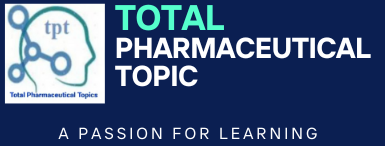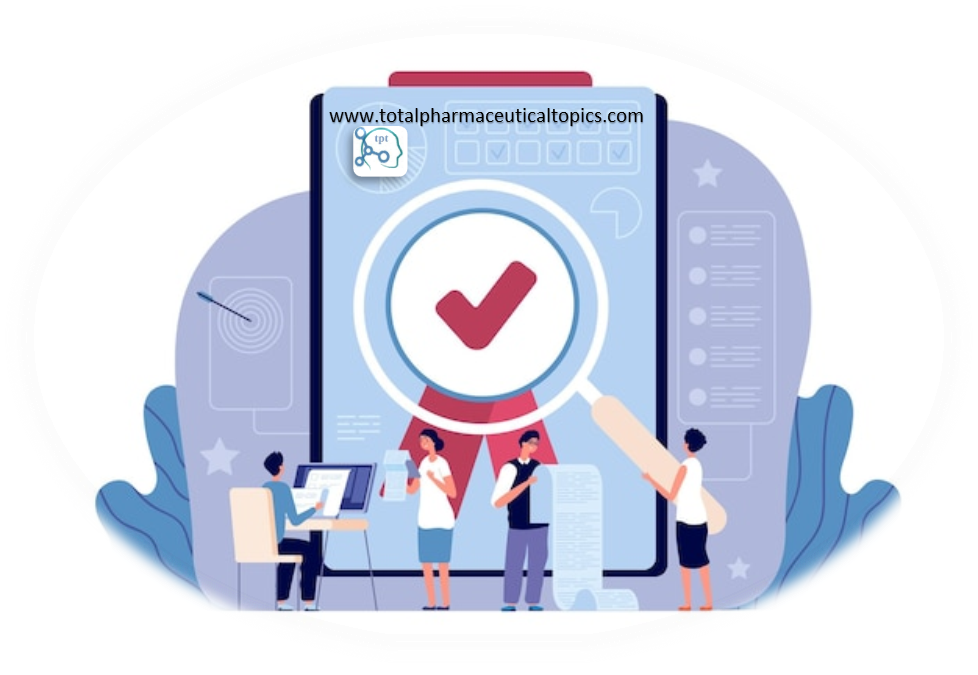Pharmaceutical process validation is a critical
aspect of drug substance manufacturing; that ensures the consistency and reliability
of production processes.
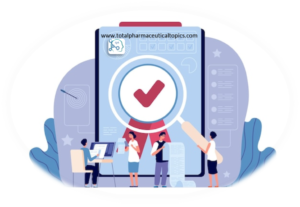 |
| Pharmaceutical process validation |
However, various challenges may arise during this
validation process. Here, are five common challenges in pharmaceutical process
validation for drug substance manufacturing and potential strategies to
overcome them:
1. Process Variability/Complexity
3. Analytical Method Validation
—————————————————————————————————–
1.
Process Variability
Challenge:
Inherent variability in raw materials, equipment, and environmental conditions
can lead to process variations.
Solution: Implement robust process controls, conduct a
thorough risk assessment, and employ statistical tools like design of
experiments (DOE) to identify and mitigate sources of variability. Monitoring
and controlling critical process parameters (CPPs) are essential to ensure
consistent product quality.
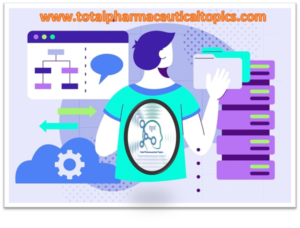 |
| Fig.: 01 Process Variability |
Addressing process
variability is a critical aspect of pharmaceutical process validation studies. How
to identify or control the process variability?
Manufacturers must
proactively identify and manage sources of variability via thorough risk
assessment, by implementing robust process controls, and leverage to advanced
monitoring technologies.
One of the primary
challenges associated with process variability is the potential impact on critical
quality attributes (CQAs) of the final product. Variations in critical
process parameters (CPPs) can also lead to deviations in CQAs, and potentially
affecting the safety & efficacy of the drug substance. Therefore,
understanding and managing process variability is fundamental to achieving a
robust and reliable manufacturing process.
Statistical tools, such as
design of experiments (DOE) can also be employed to have systematic study, to
understand the effects of various factors and their interactions. This allows
for the identification of optimal process conditions and the development of
strategies to mitigate the impact of variability.
—————————————————————————————————–
2.
Scale-Up Issues:
Challenge: Transitioning
from laboratory-scale to commercial-scale production may introduce unexpected
challenges, leading to variations in product quality.
Solution: Conduct a
comprehensive scale-up study, identifying and adjusting critical factors that
may change during the transition. Utilize process modelling and simulation to
predict potential issues and optimize conditions for the larger scale.
Regularly review and update the process as needed.
Scale-up issues represent a
critical aspect of the process validation study in drug substance manufacturing.
Proactively addressing these challenges through comprehensive scale-up studies,
process modelling, risk assessments, and cross-functional collaboration is
essential for a successful validation process.
By understanding the intricacies
of scaling from the laboratory to commercial production, pharmaceutical
manufacturers can optimize their processes, minimize risks, and ultimately
ensure the consistent and reliable production of high-quality drug substances.
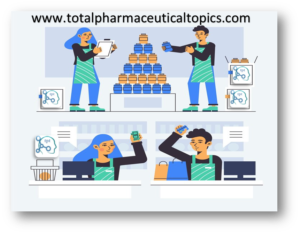 |
| Fig.: 02: Scale-Up Issues |
To overcome scale-up
challenges, pharmaceutical manufacturers should identify and adjust critical
factors that may change during the transition. This involves a meticulous
examination of key process parameters to ensure they are appropriately scaled.
Utilizing process modelling and simulation tools can help predict potential
issues and optimize conditions for the larger scale.
By simulating the entire
manufacturing process, including equipment interactions and material flows,
manufacturers can gain insights into potential bottlenecks and inefficiencies,
allowing for proactive adjustments before full-scale production.
Moreover, collaboration
between different departments is crucial in addressing scale-up issues.
Cross-functional teams, including process engineers, chemists, and quality
assurance experts, should work closely together to share insights and address
challenges collectively.
Effective communication between laboratory and
production teams is paramount, as it ensures a smooth transfer of knowledge and
minimizes the risk of overlooking critical factors during scale-up.
—————————————————————————————————–
3.
Analytical Method Validation
Challenge:
Developing and validating analytical methods for monitoring critical quality
attributes (CQAs) can be complex and time-consuming.
Solution:
Start analytical method development early in the process and collaborate
closely with analytical scientists. Follow regulatory guidelines for method
validation, including accuracy, precision, specificity, and robustness.
Regularly review and update methods as needed, especially when process changes
occur.
Analytical method
validation is indispensable for ensuring the reliability of analytical results
in pharmaceutical manufacturing. it comes with its own set of challenges. From
the intricacies of method development to the need for ongoing adaptation to
technological advancements & regulatory changes, pharmaceutical companies
must navigate these challenges with diligence and strategic planning to achieve
successful analytical method validation during the process validation study.
A
proactive & comprehensive approach to addressing these challenges is
crucial for maintaining the quality and integrity of pharmaceutical products
throughout their lifecycle.
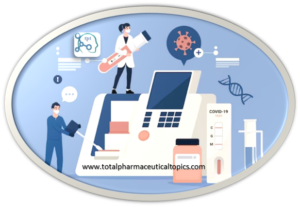 |
| Fig.: 03: Analytical Method Validation |
One significant challenge
in analytical method validation is the complexity and time-consuming nature of
method development and validation itself. Developing a robust analytical method
requires a deep understanding of the drug substance and its characteristics.
Achieving consistency and
reproducibility in analytical results poses another challenge. Analytical
methods must demonstrate precision, accuracy, specificity, and robustness to
ensure reliable and consistent results. Variability in sample matrices,
instrumentation, or environmental conditions can introduce uncertainties.
Regulatory compliance is a
paramount concern in pharmaceuticals, and analytical method validation is no
exception. Meeting the stringent requirements set forth by regulatory agencies
such as the U.S. Food and Drug Administration (FDA) or the European Medicines Agency (EMA) demands meticulous attention to detail.
Changes in regulatory
guidelines or the introduction of new requirements can necessitate revisions to
existing validation protocols, adding complexity to the validation process.
—————————————————————————————————–
4.
Regulatory Compliance
Challenge:
Keeping up with evolving regulatory requirements and ensuring compliance with
current Good Manufacturing Practice (cGMP) standards can be challenging.
Solution:
Stay informed about regulatory updates and engage in regular communication with
regulatory agencies. Establish a regulatory affairs team to monitor changes and
ensure that the validation process aligns with current guidelines. Conduct
periodic audits to identify and address any compliance gaps.
One of the primary
challenges in regulatory compliance during process validation is the dynamic
nature of regulatory guidelines. Regulatory agencies, such as the U.S. Food and
Drug Administration (FDA) and the European Medicines Agency (EMA), regularly
update and revise their guidelines to reflect advancements in science and
technology, as well as lessons learned from previous experiences.
Keeping pace
with these changes demands constant vigilance and a proactive approach to stay
abreast of the latest regulatory expectations.
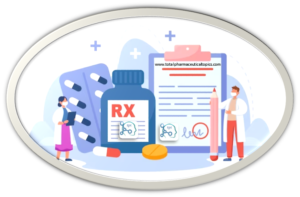 |
| Fig.: 04 Regulatory Compliance |
Failure to comply with any
one set of regulations can have severe consequences, including delays in
product approval or, in extreme cases, product recalls.
Inadequate documentation
and record-keeping represent significant hurdles in regulatory compliance
during process validation. Accurate and comprehensive documentation is a
cornerstone of validation activities, providing evidence of adherence to
established protocols and procedures. Incomplete or poorly maintained records
can result in regulatory findings and may jeopardize the entire validation
process.
Regulatory inspections pose
yet another challenge during process validation. Regulatory agencies may
conduct on-site inspections to evaluate a company’s adherence to cGMP and other
regulatory requirements. These inspections can be rigorous and may involve
scrutiny of validation protocols, process controls, and documentation
practices.
Establishing a robust
quality management system that encompasses regular audits, training programs,
and documentation practices is essential. Cross-functional collaboration
ensures a holistic understanding of compliance requirements throughout the
organization.
—————————————————————————————————–
5.
Lifecycle Management
Challenge:
Over time, process and technology improvements may be implemented, leading to
changes in the manufacturing process. Managing these changes while maintaining
validation status can be challenging.
Solution:
Implement a robust change control system that includes a risk-based approach to
assess the impact of changes on product quality. Develop a comprehensive
strategy for ongoing process verification and continuous process improvement.
Document all changes and update validation documentation accordingly.
Lifecycle management in the
context of pharmaceutical process validation refers to the ongoing process of
monitoring, assessing, and adapting manufacturing processes throughout their
entire lifecycle.
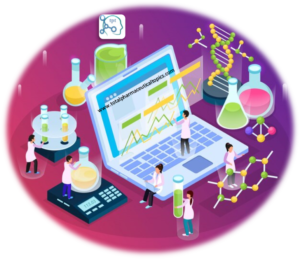 |
| Fig.: 05 Lifecycle Management |
Addressing the challenges
of lifecycle management during a process validation study is integral to
ensuring the long-term success and compliance of pharmaceutical manufacturing processes.
By proactively managing change, maintaining data integrity, aligning with
regulatory expectations, investing in resources and training, and balancing
innovation with validation requirements, pharmaceutical companies can navigate
the complexities of lifecycle management and continually enhance the
reliability and robustness of their manufacturing processes.
Challenges in lifecycle
management is;
* Change control and Impact
Assessment
* Data Integrity and
Documentation
* Alignment with Regulatory
Expectations
* Resource Allocation and
Training
* Balancing Innovation with
Validation Requirements
A risk-based approach to
innovation, coupled with thorough assessments and pilot studies, can help
manage these challenges effectively.
————————————————————————————————————————–
It’s important to note that
these solutions should be tailored to the specific characteristics of the drug
substance manufacturing process and should comply with regulatory guidelines.
Regularly reviewing and updating validation protocols and collaborating with
cross-functional teams can contribute to successful process validation and
ongoing product quality.
Learn More:
Product Lifecycle management- An overview
What is Validation study- Basic overview
Process Validation study- Types of validation and advantage
Validation study: Why Three batch for validation study?
What is Difference between Verification and Validation in Pharmaceutical Industry??
10 Key Steps for Successful Process Validation in Pharma
